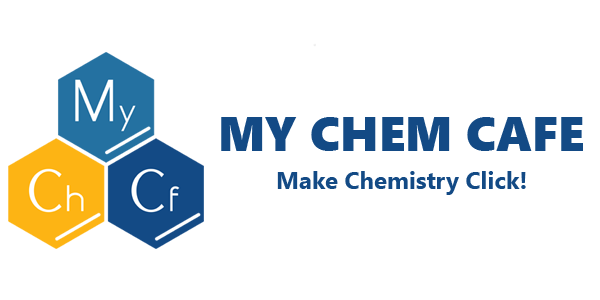19. The Chemistry behind the Coronavirus (SARS-Cov-2)
Virus Pandemic – Looking Back on 2020
A year on, our lives continue to revolve around the COVID-19 pandemic. The virus has formed several mutations and continues to evolve and transmit across the world. While the virus does not result in high mortality rates, it could cause long-term side effects in some. As the situation progresses, we must understand the functionality of the virus. This article seeks to discuss the chemistry links with the coronavirus, which will enable a comprehensive understanding of how this virus works. Chemistry tutors have since dedicated some time in each Chemistry tuition session to explain more about the virus.
What is a virus?
In order to understand the SARS-Cov-2, its components, and its functions, it is first important to understand what a virus is. A virus is a microscopic infectious agent that replicates only inside the living cells of an organism. They are simply dormant particles, consisting of genetic material, proteins, and occasionally some lipids. The virus can only be activated once it enters a host cell and hijacks its functions to replicate itself. It is the main cause for many common diseases aside from the coronavirus disease, including the common cold and chickenpox.
SARS-Cov-2 components and their functions
A virus is usually made of three key components- genetic material, some proteins, and a lipid layer. In the SARS-Cov-2, the genetic material consists of a 30,000 repeat unit ribonucleic acid (RNA). The protein present in this virus serves a dual purpose, binding to and protecting the RNA, as well as acting as a spike to anchor to human cells. The lipid layer present in the virus serves to protect the entire assembly. The content surrounding the biological make-up of a virus does not usually concern the study of Chemistry but an understanding of it helps to link the make-up of the virus to the real world, and so is sometimes introduced by Chemistry tutors in their Chemistry tuition lessons.
How SARS-Cov-2 infects the human body
As mentioned above, one of the purposes of the protein is to serve as a spike to anchor to the human body cells. How does this come about in the first place? These proteins are all polymers of amino acids. The stereochemistry of different amino acids, coupled with the hydrogen bonds formed between each amino acid, leads to proteins of different shapes and functions being formed. The proteins could serve to function as a catalyst, to alter the pathway of a chemical reaction, or act as an enzyme or substrates in chemical reactions.
The spikes found on the coronavirus attach to the ACE-2 enzyme receptor located in the lungs arteries, heart, kidney, and lungs. Once attached, the genetic material is transferred from the coronavirus to the body cell, in turn taking over its application system and producing many replicates of the virus. This causes the virus to quickly infect the human body and trigger the common symptoms experienced by a SARS-Cov-2 patient, including fever, loss of taste, and a loss of appetite. Given the shift toward a more practical approach to the study of Chemistry, it can be expected of students to easily formulate links between Chemistry theories and the current global developments. As such, Chemistry tutor such as Mr. Jacky Wong has begun ingraining in their tutees such practical links, ensuring they become familiar with the application of Chemistry to the real world.
Click HERE to read next
Chemistry Tuition Singapore @ MY CHEM CAFE
Principal Chemistry Tutor: Mr. Jacky Wong

